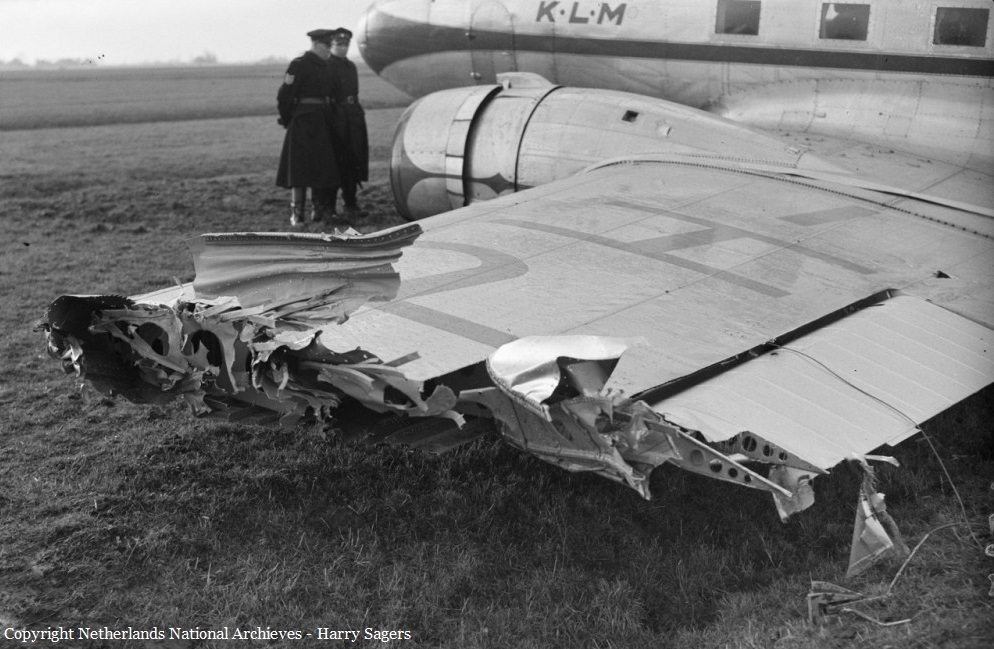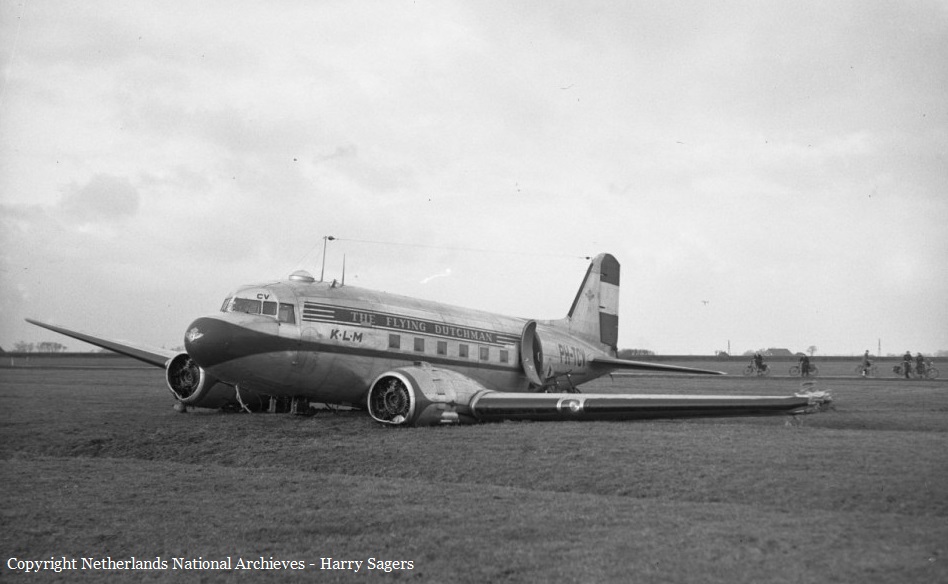Crash of a Douglas C-47B-25-DK near Château Garnier: 11 killed
Date & Time:
Jan 27, 1948 at 1530 LT
Registration:
44-76443
Survivors:
No
Schedule:
Frankfurt – Istres – Pisa – Udine
MSN:
16027/32775
YOM:
1945
Crew on board:
3
Crew fatalities:
Pax on board:
8
Pax fatalities:
Other fatalities:
Total fatalities:
11
Circumstances:
The aircraft left Istres-Le Tubé AFB at 1237LT bound for Udine with an intermediate stop in Pisa. While flying over the Alps, the crew encountered poor visibility with snowstorm and strong winds. In such conditions, the captain decided to return to Istres but was unable to locate his position with certainty. Few minutes later, while flying northwest of the village of Château Garnier, the aircraft hit the slope of Mt du Cheval Blanc culminating at an altitude of 2,323 meters. The wreckage was spotted by the crew of a USAF B-17 based in Germany two days later. On site, rescuers did not find any survivors and among the passengers were five children aged 5, and women of US soldiers based in Udine. The day after the wreckage was found, the US B-17 crashed in the same region, killing its entire crew of nine.










